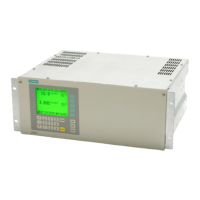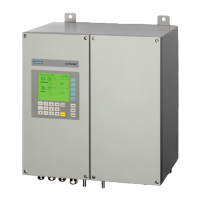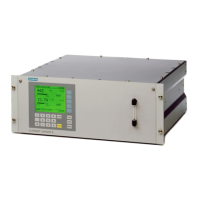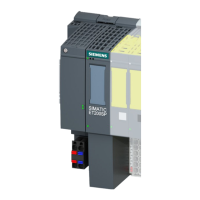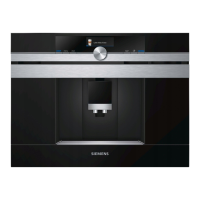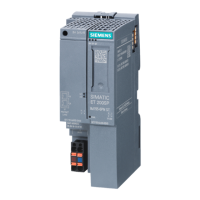Compact Operating Instructions in accordance with EN 61010-1 and EN 60079-0
34 A5E45779144002-01, 09/2018
Taking out of operation and disposal
8.1
Repair or changing of location
If the analyzer is shut down for repair or for changing the location of use, proceed as follows:
When the device is used in hazardous areas
A hot work permit is required for hazardous areas.
1. Make sure that gas is no longer flowing through the analyzer. If external pumps are present, switch all of them off.
2. Purge the sample gas path with air or nitrogen.
3. Switch the analyzer off.
4. Disconnect the power plug.
5. Disconnect all hose connections from the rear of the analyzer.
With pipe versions, unscrew all pipes.
The analyzer to be disposed of as electronic waste with the code number 160213 is a 'product co
n-
taining dangerous components'
. It must therefore be disposed of correctly and in an environmentally-
friendly manner by a local waste disposal company.
It must never be disposed of with household waste!
The O
2
S sensor contains acetic acid, which leads to burns on unprotected skin.
Therefore do not use any tools when replacing the sensor module which could damage the sensor due to sharp edges or
squeezing.
If contact with the acid occurs nevertheless, rinse the affected skin immediately with plenty of water!
The H
2
S sensor contains sulfuric acid, which leads to burns on unprotected skin.
Therefore do not use any tools when replacing the sensor module which could damage the sensor due to sharp edges or
squeezing.
If contact with the acid occurs nevertheless, rinse the affected skin immediately with plenty of water!
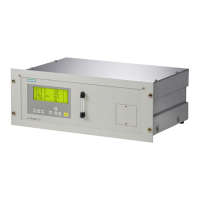
